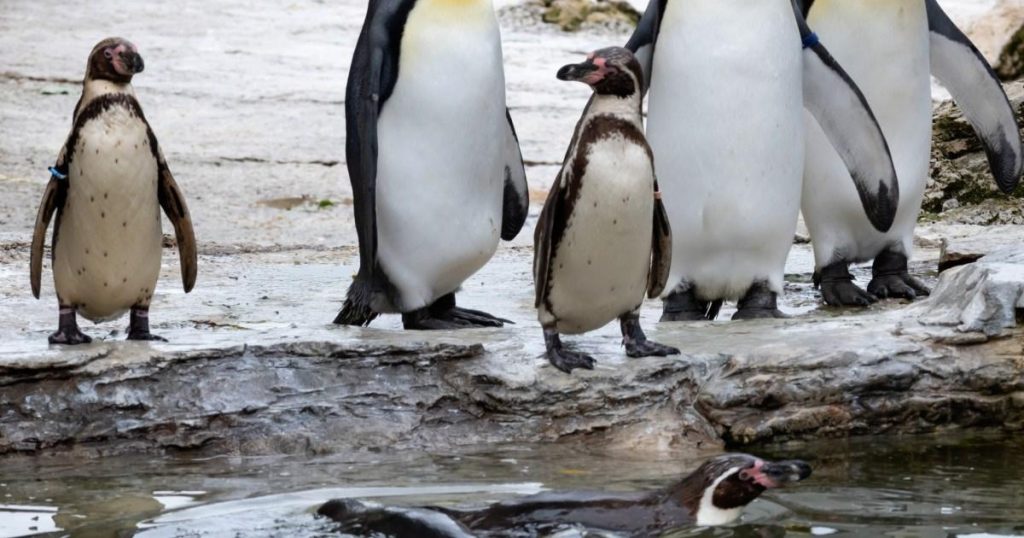A penguin named Maggie living in Birdland Park and Gardens in Gloucestershire has been renamed after it was discovered that she was actually a male penguin. The ten-year-old king penguin made a flirty first move towards another penguin, which is typically behavior displayed by male penguins. Zookeepers sent off one of Maggie’s feathers for testing, which confirmed that she was indeed male. After being referred to by the wrong gender for a decade, zookeepers are now calling him Magnus. In other penguin-related news, a male emperor penguin was found on a beach in Denmark, Australia, thousands of miles away from its home in Antarctica, bewildering wildlife experts.
The adult male emperor penguin, nicknamed Gus, was found in Australia, which is a location where this penguin species has never been reported before. Researchers are unsure of how Gus ended up in Denmark, as emperor penguins typically live in the icy waters off the Antarctic coast. The penguin weighed 51 pounds and stood at 3.2 feet tall when discovered, with a healthy male emperor penguin weighing over 100 pounds. Additionally, scientists recently discovered four new colonies of emperor penguins by identifying massive smears of poop across the ice using satellite imagery.
The discovery of Gus the emperor penguin in Australia highlights the mysterious nature of penguin behavior and migration patterns. While some penguins have been known to reach New Zealand, it is unusual for an emperor penguin to end up so far from its natural habitat. The unexpected presence of Gus in Denmark raises questions about the factors that may have influenced his journey and survival in a foreign environment. Researchers and wildlife experts continue to study penguins and their movements to better understand these charismatic birds and the challenges they face in a changing world.
The story of Magnus the penguin and Gus the emperor penguin exemplifies the surprises and mysteries associated with penguin biology and behavior. From mistaken gender identifications to unexpected migrations, penguins continue to captivate and intrigue scientists and animal lovers alike. As our understanding of penguins grows, so does our appreciation for these resilient and adaptable creatures that inhabit some of the harshest environments on Earth. The discoveries of Magnus and Gus serve as reminders of the complexity and wonder of the natural world, and the importance of conservation efforts to protect these unique species in their native habitats.
The news of Magnus and Gus also sheds light on the ongoing efforts to monitor and protect penguin populations around the world. Researchers and conservationists work tirelessly to study and conserve penguins in their natural habitats, facing challenges such as climate change, habitat loss, and human disturbances. By studying individual penguins like Magnus and Gus, scientists can gather valuable information about penguin behavior, ecology, and threats to their survival. These insights are crucial for developing effective conservation strategies to ensure the long-term viability of penguin species in the face of ongoing environmental changes and anthropogenic impacts.











